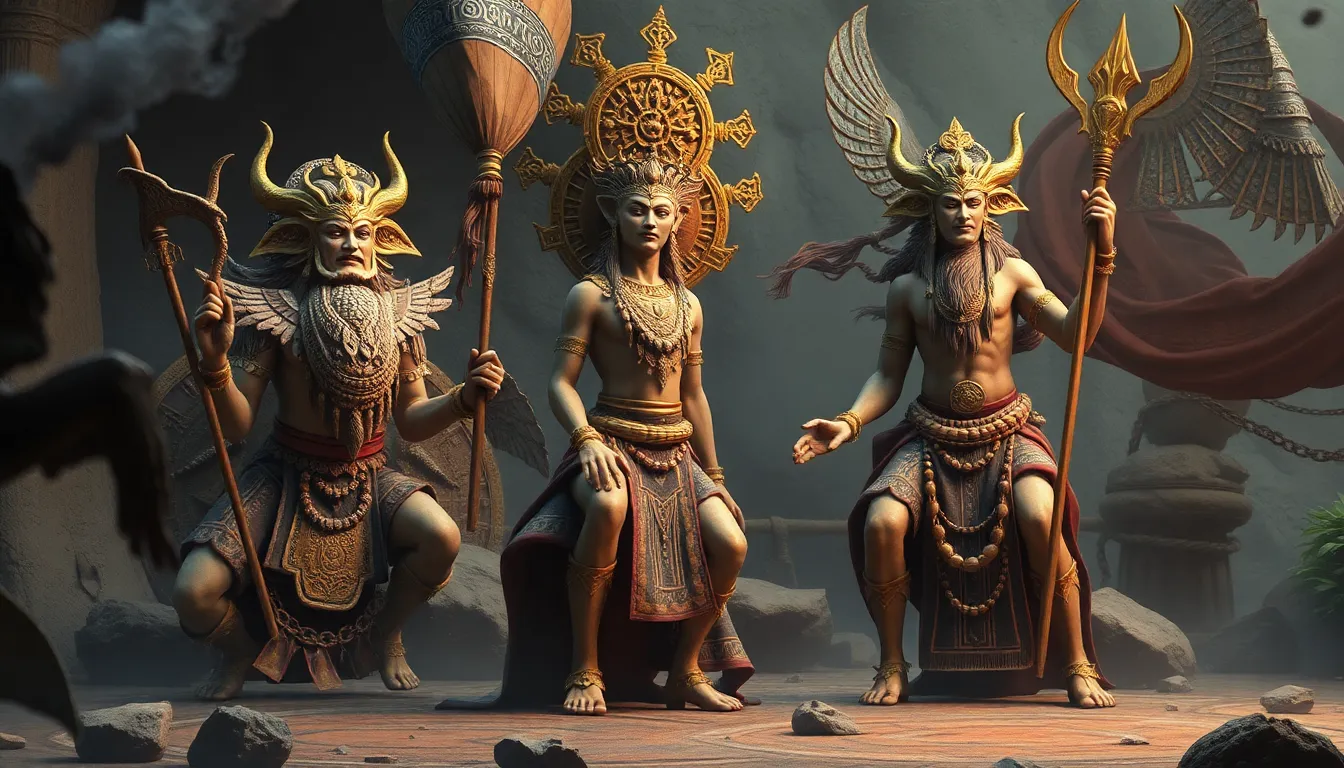Trickster Tales from Around the World: A Global Perspective
Introduction to Trickster Tales
Trickster figures are a compelling aspect of folklore, embodying the complexity of human nature through their antics and cleverness. These characters, often depicted as mischievous and cunning, engage in activities that challenge societal norms and expectations. Trickster tales serve an essential purpose in the cultures they originate from, often conveying moral lessons, cultural values, and social critiques. This article aims to explore the various manifestations of trickster tales across the globe, their historical contexts, and their continued relevance in contemporary society.
Historical Context of Trickster Narratives
The origins of trickster tales can be traced back to ancient mythologies, where figures like Hermes in Greek mythology or Loki in Norse legends demonstrated the archetypal qualities of tricksters. Over time, these stories evolved, adapting to the social and cultural contexts of different eras. Oral traditions played a crucial role in preserving these narratives, allowing them to be passed down through generations, often with variations that reflect the values and concerns of the communities that tell them.
Common Characteristics of Trickster Figures
Trickster figures share a variety of traits and behaviors that define their roles in folklore:
- Cunning: Tricksters often outsmart their opponents, using their wits to navigate challenges.
- Mischief: Their actions frequently lead to chaos or confusion, highlighting the unpredictability of life.
- Transformation: Many tricksters possess the ability to change shape or manipulate their surroundings.
The duality of tricksters as both heroes and anti-heroes adds to their complexity. They can be seen as both benefactors and troublemakers, with their actions prompting reflection on morality and ethics. Common motifs in trickster tales include:
- Deception as a means to achieve goals
- Wisdom gained through folly or foolishness
- Challenging authority and societal norms
Tricksters in Indigenous Cultures
Indigenous cultures have rich traditions of trickster tales, often using these figures to impart moral lessons and cultural values. A notable example is Coyote in Native American mythology. Coyote represents the duality of creation and destruction, embodying both wisdom and foolishness. His stories often teach lessons about the consequences of greed and the importance of respecting nature.
Another prominent trickster is Anansi, the spider from Afro-Caribbean folklore, who is known for his cleverness and ability to outsmart larger adversaries. Anansi’s tales convey themes of resilience and the celebration of intelligence over brute strength, making him a beloved figure in many cultures.
Trickster Tales in African and African Diaspora Folklore
Across the African continent, trickster figures such as Mbeku and Nasreddin showcase various aspects of the trickster archetype. These characters often navigate challenges with humor and wit, providing social commentary on the human condition. The influence of African trickster tales extends to the diaspora, where characters like Br’er Rabbit have become cultural icons. These tales emphasize the importance of humor and resilience, reflecting the struggles and triumphs of marginalized communities.
Tricksters in European Folklore
European folklore is rich with trickster figures such as Loki from Norse mythology and Reynard the Fox from medieval fables. Loki, known for his cunning and chaos, embodies the unpredictability of life, while Reynard represents the cleverness of the underdog. As trickster tales transitioned from oral traditions to literary forms, their themes and characters evolved, influencing modern literature and pop culture significantly. The cleverness and subversive nature of these characters continue to resonate in contemporary storytelling.
Asian Trickster Tales and Their Cultural Significance
In Asian folklore, trickster figures such as the Monkey King in Chinese mythology and Kitsune in Japanese folklore hold significant cultural importance. The Monkey King, known for his magical abilities and rebellious spirit, symbolizes the quest for enlightenment and the challenges that come with it. Kitsune, often depicted as a fox with transformative abilities, embodies the complexity of perception, blurring the lines between good and evil.
These tricksters have influenced contemporary Asian storytelling and media, showcasing the enduring nature of these archetypes in modern narratives.
Trickster Tales in Contemporary Society
In today’s society, trickster figures are often reinterpreted in various storytelling forms, including film and literature. Modern trickster characters address social issues and cultural identity, reflecting contemporary struggles and triumphs. For example, characters like Deadpool in comic books exemplify the trickster’s irreverence and ability to challenge societal norms, resonating with audiences seeking authenticity and humor in storytelling.
Comparative Analysis of Trickster Tales Across Cultures
While trickster tales vary significantly across cultures, several similarities and differences can be observed in their portrayal:
- Common Themes: Deception, resilience, and the critique of authority are prevalent themes worldwide.
- Cultural Specificity: Each culture imbues its trickster tales with unique values, societal norms, and historical contexts.
- Character Traits: Traits like cunning, humor, and transformation can be found in trickster figures globally, yet their motivations and outcomes often differ based on cultural narratives.
Through these comparisons, we gain insight into the universal human experiences that trickster tales encapsulate, highlighting their significance in folklore and contemporary storytelling.




